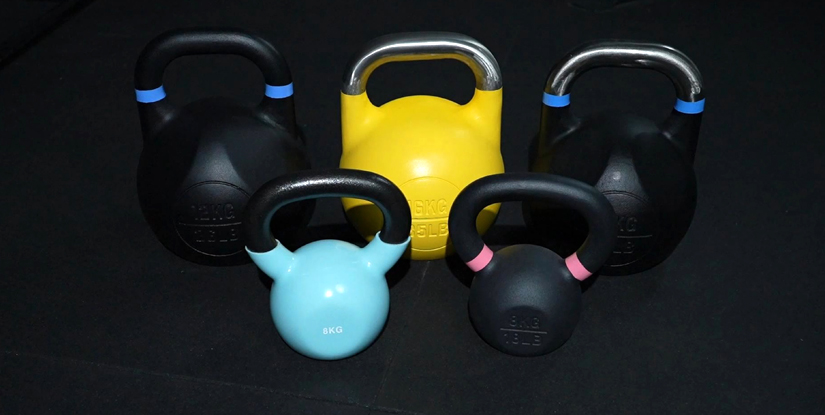Different kettlebell exercises became a game changer for me when I realized my training needed something extra.
A few months into my strength plan—mainly bodyweight stuff—I was making solid progress. I was dropping some weight, getting stronger, and ticking all the right boxes. But honestly? It started to feel a little flat. I wanted more burn, more sweat, more movement. Just more fun.
I remembered how kettlebells crushed me before but also got me moving fast. So, I decided to add them back in—carefully this time, ‘cause I didn’t want to mess with my gains. Turns out, using the right kettlebell exercises actually boosted my training big time.
The Role I Wanted Kettlebells to Play
I wasn’t looking to ditch my main strength routine. That part was working fine. I wanted to:
- Burn more calories
- Get my heart rate up
- Build some grit
- And do it all without wrecking my recovery
Basically, I needed something that would add to my training, not take away from it.
7 Different Kettlebell Exercises
Kettlebell Swings
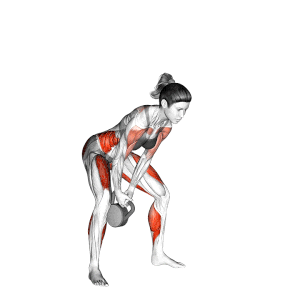
These are my go-to. Swings light up the glutes, hamstrings, and core. They’re killer for conditioning. You don’t need much room, and you can knock out a full set in just minutes. Plus, they’re super easy to scale—just go heavier or add more reps, no stress.
Kettlebell Snatches
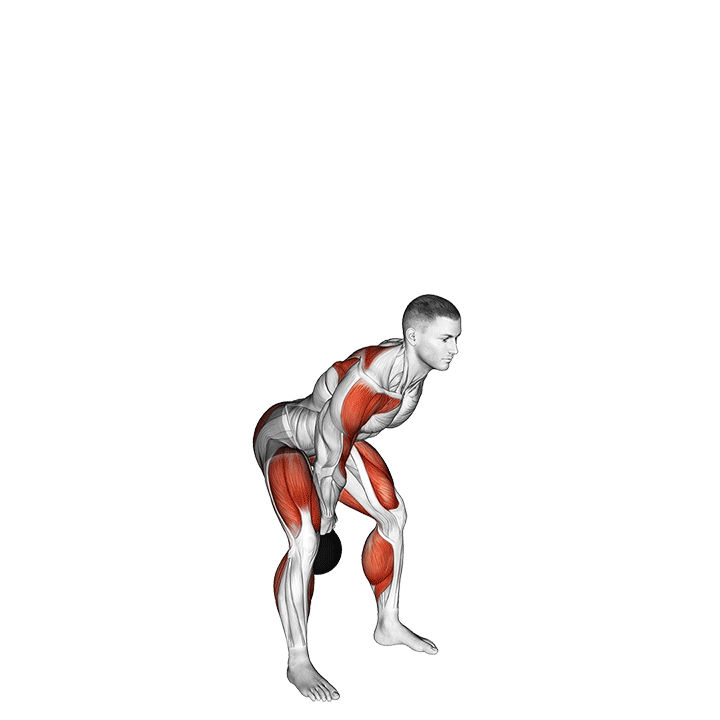
This one’s a beast. Explosive, full-body, and seriously tough on grip and shoulders. I like to hit snatches in short bursts—they’re awesome for cardio, power, and just building grit. But yeah, you gotta watch your recovery or they’ll wear you down fast. They hit hard.
Goblet Squats

These are money for your legs and core. Just hold the bell at chest level and drop into a squat. It’s straightforward, safe, and way tougher than it looks. I dig goblet squats for extra leg work, especially on days I’m skipping heavy lower-body lifts.
Presses
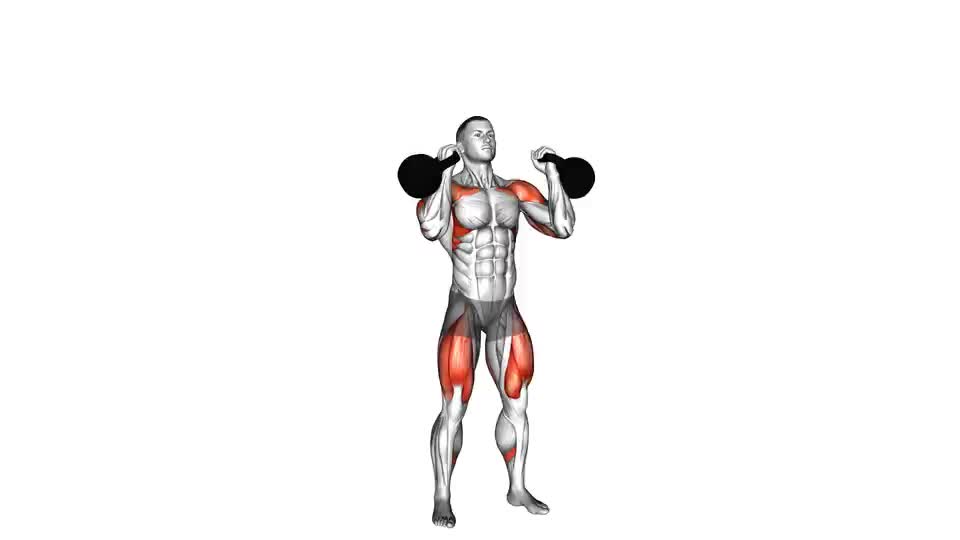
Overhead presses with a kettlebell hit your shoulders, triceps, and core all at once. Also, because the bell’s off-center, it makes you stabilize way more than a dumbbell would. I’d usually throw these in after bodyweight push work—clean and strict, no momentum.
Cleans
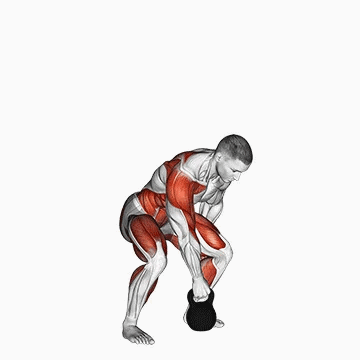
Kettlebell cleans are great for building power. They’re quick, explosive, and set you up perfectly for presses or squats. The key is keeping the bell tight to your body so you’re not banging up your forearm. I’d often use them in combos or as part of a warm-up.
Single-Arm Rows
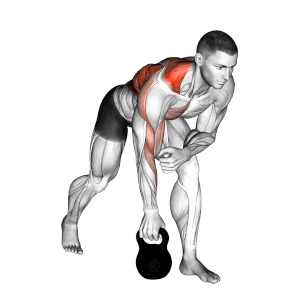
I added these to hit my upper back and help balance out all the pushing I was doing. One-arm rows with a kettlebell feel solid and controlled. I’d usually rest one knee and hand on a bench or use a rack for support—easy to set up in any gym.
Carries
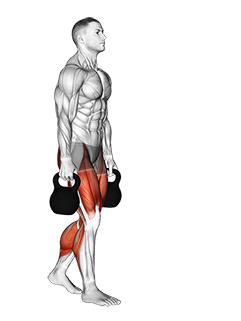
These are sneaky tough. Just pick up a kettlebell and walk—farmer’s carry, rack carry, overhead carry—whatever fits the day. They hit your grip, core, and posture all in one shot. I liked doing these down the turf or open space at the gym. Simple, brutal, effective.
How I Integrated Kettlebells into My Routine
At first, I kept things super basic. I started with daily kettlebell swings—just quick sets after my main workout. They were easy to recover from, and honestly, they felt great. My legs and grip got stronger fast, and I didn’t feel wiped the next day.
Then I decided to test out snatches. Big mistake… or at least, too much too soon. They hit hard—my shoulders, grip, lungs—you name it. I liked them, but they demanded way more rest.
I split things up across the week, focusing on swings for conditioning and short complexes for full-body burn. Here’s how it looked:
| Day | Kettlebell Focus | How I Used It |
|---|---|---|
| Monday | Swings | After main strength work |
| Tuesday | Complex (Swing → Clean → Press) | Short, 2–3 rounds between machines |
| Wednesday | Swings | Light session on a recovery day |
| Thursday | Complex (Squat → Press) | Finisher after lower-body work |
| Friday | Swings | Quick set at the end of my gym session |
| Weekend | Rest or light cardio | No kettlebells unless I felt really good |
This schedule kept things tight. I wasn’t overdoing it, but I still got a good amount of volume in. Most sessions were 10–15 minutes tops. And since I was already in a gym setting, grabbing a bell and finding a corner was easy.
It added just the right amount of intensity to my week—without frying my recovery or messing with my main lifts.
What I Learned from Experience
After a few weeks of mixing kettlebells into my training, I started to notice what worked—and what didn’t. At first, I thought I could just toss them in whenever I had time. Big mistake.
- Recovery is everything.
I found out fast that I couldn’t just tack kettlebells onto every session and hope for the best. If I didn’t plan them right, my body paid the price the next day.
- Swings are super forgiving.
I could go heavy or light, push the pace, and still recover well. Swings became my go-to for conditioning without killing my strength work.
- Snatches hit hard.
These are powerful, but they crushed my grip and shoulders if I didn’t space them out. I had to keep them short, sharp, and only a couple times a week max.
- Complexes give the most bang for your buck.
Complexes are quick, full-body sessions that slide in perfectly between machines or as a finisher—super efficient, no fluff. I loved how efficient they were—tons of value in just 10 minutes.
- Intentional beats random every time.
Once I stopped just “throwing in some kettlebells” and started using them with a plan, everything started to work better—better recovery, better results.
FAQs about Different Kettlebell Exercises
When it comes to kettlebell exercises, the most effective movement depends on your specific fitness goals. However, one of the most widely recommended and effective exercises is the kettlebell swing. This exercise targets multiple muscle groups, including the glutes, hamstrings, core, and lower back, while also providing a great cardiovascular workout. The kettlebell swing is excellent for building strength, endurance, and improving hip mobility.
Another highly effective kettlebell exercise is the kettlebell clean and press. This full-body movement engages the legs, core, shoulders, and arms, helping to develop power, stability, and coordination. It is particularly beneficial for improving upper body strength and overall muscle tone.
For those seeking to focus on fat loss and cardiovascular health, the kettlebell snatch is another powerful exercise. It is a high-intensity, explosive movement that builds strength while elevating the heart rate, making it ideal for improving aerobic capacity and burning calories.
Ultimately, the most effective kettlebell exercise for you will depend on your goals, whether they involve strength building, fat loss, or improving endurance.
Yes, kettlebell exercises can help you lose belly fat, but it is important to remember that fat loss occurs throughout the body, not just in specific areas. Kettlebell workouts are highly effective for overall fat loss due to their ability to combine strength training with high-intensity cardiovascular exercises. Movements like the kettlebell swing, kettlebell snatch, and clean and press engage multiple muscle groups, which helps to burn calories and increase metabolism.
By incorporating kettlebell exercises into your fitness routine, you can elevate your heart rate, which in turn helps to burn fat and calories more efficiently. Additionally, the use of kettlebells helps build lean muscle mass. The more muscle you have, the higher your resting metabolic rate, meaning you will burn more calories even when you’re not working out.
However, to lose belly fat specifically, kettlebell workouts should be combined with a healthy, balanced diet and overall lifestyle changes. A calorie deficit—burning more calories than you consume—is key to reducing fat. Kettlebell exercises can accelerate this process, making them a great tool for achieving your fitness goals.
Twenty minutes of kettlebell training can be highly effective, depending on the intensity and focus of the workout. Kettlebell exercises are designed to combine strength training and cardiovascular work, making them incredibly efficient for time-constrained individuals. Short, high-intensity kettlebell workouts can help improve endurance, strength, and fat loss in a relatively short period.
For example, a 20-minute kettlebell circuit involving exercises like kettlebell swings, goblet squats, and kettlebell clean and presses can provide a full-body workout that targets multiple muscle groups, boosts your heart rate, and burns calories. This type of workout can be especially beneficial for improving aerobic capacity and muscular endurance.
While 20 minutes of kettlebell training is effective, the key is intensity. If you are aiming for fat loss, strength development, or endurance improvement, performing these exercises with proper form and at a high intensity will maximize the benefits. If you’re able to push yourself during those 20 minutes, you can achieve impressive results in a short amount of time.
Yes, kettlebell exercises really work, and they have been proven to be effective for improving overall fitness, building strength, and burning fat. Kettlebells are unique because they combine strength training with dynamic, high-intensity movements that engage multiple muscle groups at once. This makes kettlebell exercises efficient and effective for targeting both muscle development and cardiovascular conditioning.
Kettlebell exercises like the swing, clean, press, and snatch work the entire body, promoting functional strength, flexibility, and endurance. Additionally, kettlebell workouts often involve compound movements that require coordination and stability, further enhancing muscle activation and fat loss.
What sets kettlebell exercises apart is their ability to provide both resistance training and cardiovascular benefits in one workout. These exercises engage both fast-twitch and slow-twitch muscle fibers, allowing you to build muscle and burn fat simultaneously. As a result, kettlebell training can lead to improved muscle tone, increased metabolism, and enhanced aerobic capacity, making it an excellent choice for achieving a variety of fitness goals.

Hi, I’m the editor here at Leadman Fitness. We’re a manufacturer focused on producing top-quality barbells, plates, kettlebells, dumbbells, and strength training gear. I’ve been into sports and fitness for years, and I know my way around all kinds of gym equipment—both from using it and helping create it.
I spend a lot of time understanding the real problems people run into in the gym—whether it’s beginners trying to pick the right gear or experienced lifters looking for something more durable. I stay in close touch with our production team and talk directly with other equipment makers, so we’re always improving based on what real lifters and coaches are looking for.
What I share comes from hands-on experience—stuff that actually helps people train better, not just in theory, but in real gyms.
